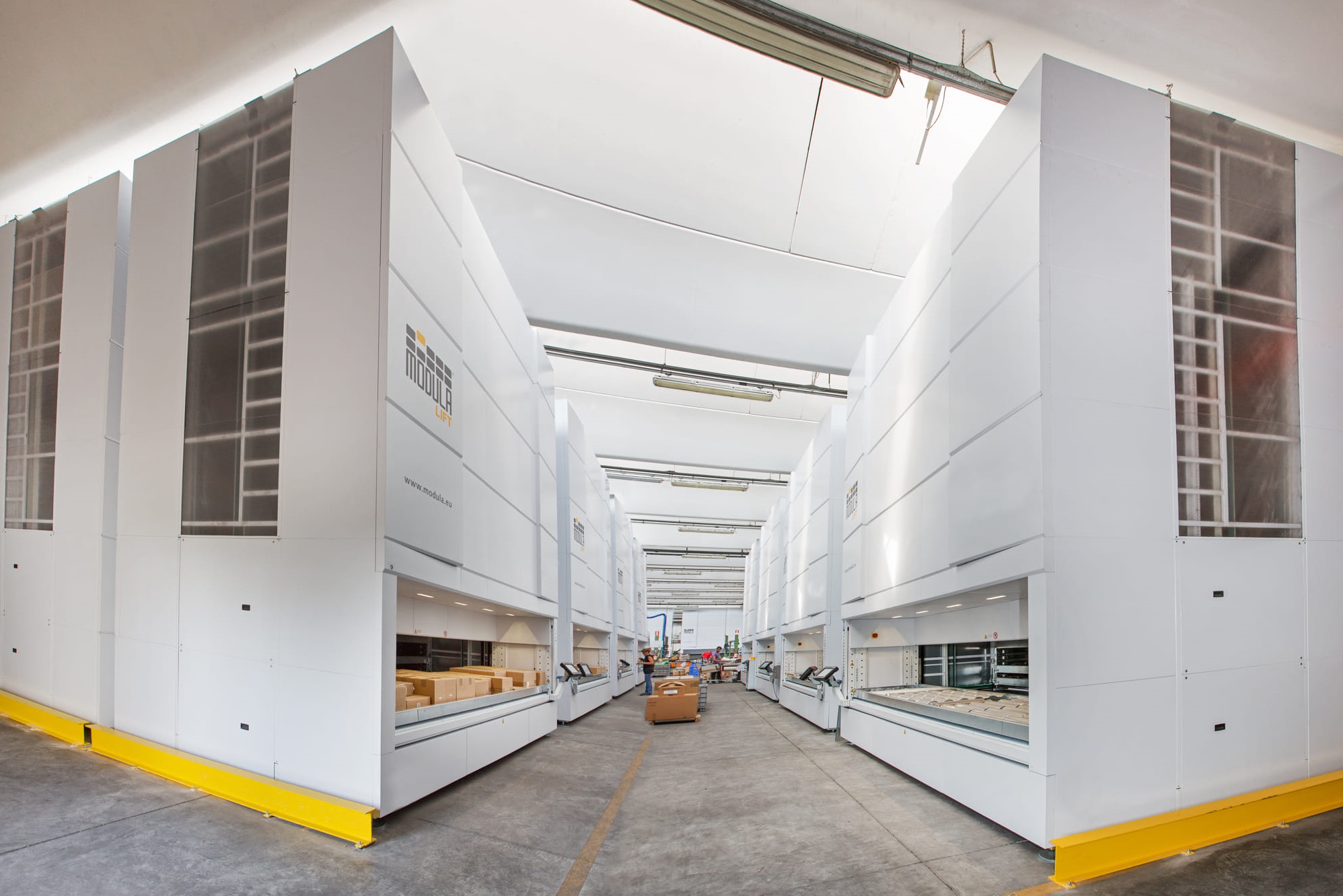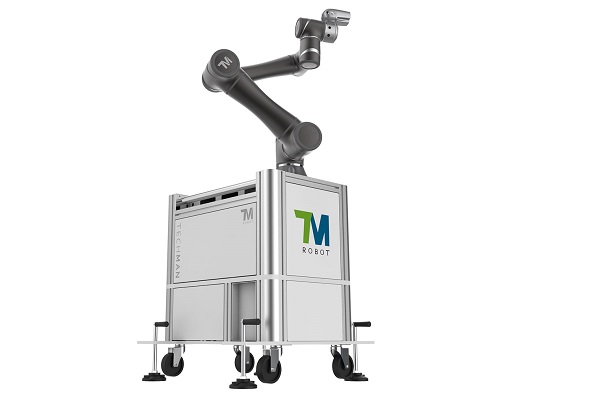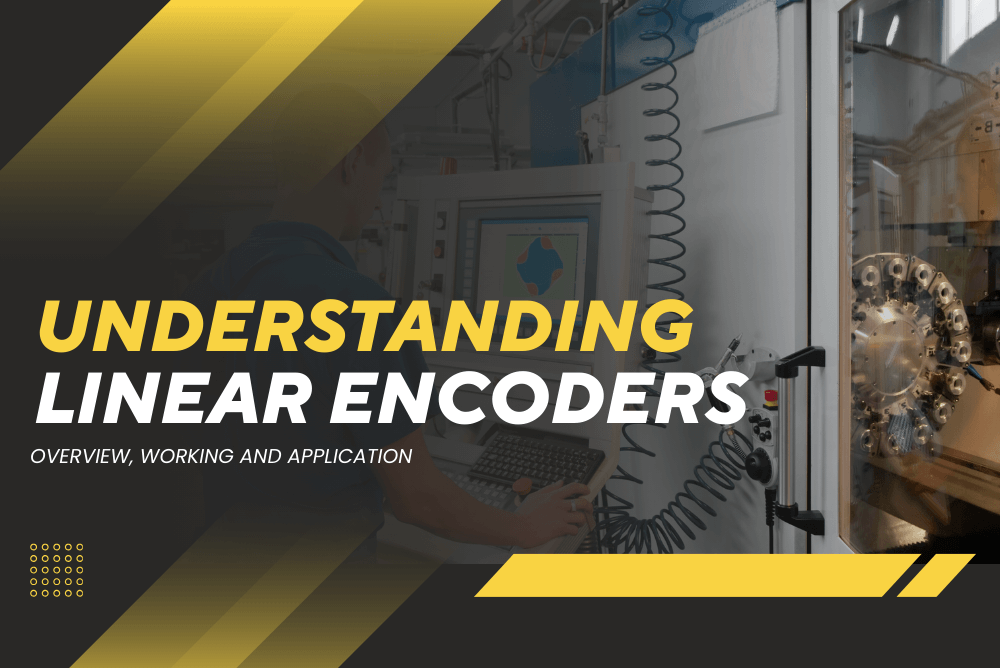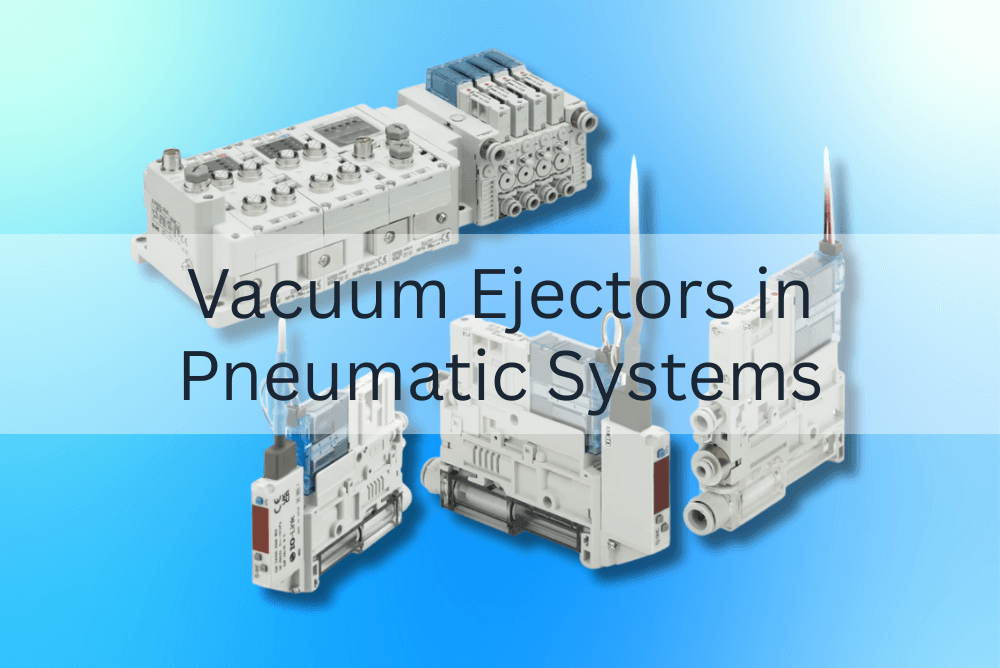Lean manufacturing processes help identify ways in which factories and warehouses are potentially wasting resources and suggest options to reduce this waste. Any expense or effort that doesn’t generate a product or a service a potential client is willing to pay for is classified as waste.
We’ll look at eight forms of waste in warehouses that are largely attributable to conventional racking, shelving, and drawer cabinets still used in many facilities. Then we’ll see how switching to a vertical lift module system can eliminate each of these wastes, both in factories and warehouses.
1. Avoidable defects
One of the most easily recognizable wastes in lean manufacturing is defects in products. These are caused by a variety of factors – poor quality controls, uncontrolled inventory management, and inadequate processes and documentation. The warehouse equivalent of a product defect is a mispick. Industry studies have shown that each picking error results in an 11-13% drain on profitability. This has a considerable financial impact at the end of the year, in addition to the reputational risk it poses to the company.
How VLMs Address Avoidable Defects?
VLMs are fully automated vertical storage systems that allow a large inventory of goods to be quickly accessed while being stored in a safe and secure environment. Items are delivered to the operators with a simple touch on the user-friendly Copilot controller or the scan of a barcode.
Figure 1. Modula’s Copilot features allow users to monitor stock levels in real-time
| 1. Operator login with password | 6. Integrated USB port |
| 2. Graphic tray layout | 7. Clear, detailed information |
| 3. Easy to use Lift OS operator interface | 8. Multiple-mode operation |
| 4. Useful tray information | 9. Industrial 10.5” color touchscreen display |
| 5. Complete machine diagnostics |
Modula’s VLMs also provide laser pointer solutions that pinpoint the SKU by mapping it on an X-Y axis. The item’s position is highlighted first with a red line indicating the correct column and then isolates the exact item location with a green dot.
Figure 2. Modula’s laser solution pinpoints the SKU by mapping it on the X and Y axes
This feature eliminates the need to search for items and ensures that the right item is delivered to the right person, greatly reducing the risk of human errors. Furthermore, the user can monitor stock levels in real-time, speed up order execution times for both picking and replenishment operations and avoid the accidental release of wrong, obsolete, expired or on-hold products.
2. Excess or inappropriate processing
Repairing, remanufacturing, and over-processing are examples of inappropriate processing waste in manufacturing. For warehouses, the parallel waste can be found in creating excessive reports, re-entering data or duplicating existing data, unneeded processes or equipment, and human errors. Companies often perform more work than what would be required for the creation of the product, service or process demanded by customers.
How VLMs Address Excess or Inappropriate Processing?
Vertical storage solutions can help in eliminating these wastes as they streamline operating procedures, increase flexibility and lower costs in almost any type of facility. Large inventories of items can be stored with a minimal footprint, bringing items closer to where they are needed. This reduces the length of the production line, optimizes the flow of operations and prevents errors or product damage during transportation that would require costly repairs or remanufacture.
Lean order processing is also easy to implement thanks to data sharing. For example, the Modula WMS software can be directly connected to the local ERP and provide full traceability and real-time inventory updates, preventing duplicate data and eliminating excessive reporting.
Likewise, all picking operations can be monitored and log-ins tracked, even down to specific trays. This prevents operators from double picking the items and keeps high-value products from being stolen, which would not only mean the loss of the items, but would also result in more reports and documentation to correct the problem.
Figure 3. Modula WMS can be directly connected to the local ERP, offering full traceability and real-time inventory updates
1. Orders may be downloaded manually or automatically using the WMS software packages
2. Order information is clearly presented to the operator
3. Operators can execute or suspend orders as required throughout the operation.
Lastly, many manufacturing facilities need adaptable equipment, as they constantly change and readjust their product mix to keep up with the market demands. The modular design of the VLM ensures almost unlimited flexibility. The height can be modified and adjusted to optimize the ceiling height. This is done by adding or removing modules if the units are moved to different locations or in different sections of the factory or warehouse facility.
Trays can be organized for every type and size of stored item. Thanks to partitions and dividers, users can create the exact number of storage locations required. The configuration can be adjusted at any time to accommodate changes in the size or quantity of the stored items. This guarantees the same outputs even with changes in products or tools
Figure 4. Thanks to partitions and dividers, users can create the exact number of storage locations required and the configuration can be adjusted at any time to accommodate changes
1. Slotted tray sidewalls (adjustable by width and depth)
2. Slotted partitions (front to rear)
3. Dividers
4. Tray sidewall extensions (adjustable by width & depth)
3. Overproduction
Overproduction occurs any time more parts or products are produced than customers have ordered. Some organizations still work on the principle of “Just in Case” instead of “Just in Time.” Many organizations schedule their production based on unclear or inaccurate forecasts or without knowing exactly how many products are still in stock. This can easily lead to some of the most significant waste, such as excessive inventory, storage, and resources, as well as movement costs and tied-up capital represented by unused inventory.
How VLMs Address Overproduction?
Thanks to the implementation of vertical storage solutions, warehousing and manufacturing facilities can have full control over the flow of goods. Floor managers can verify their stocks at regular intervals and thus have the visibility required to make better forecasts and reduce inventory costs.
In Modula’s case, its VLMs can be integrated into any existing local IT system, thanks to its warehouse management software (WMS). This inventory management software provides an accurate and continuous exchange of information with minimal impact on the pre-existing procedures. By using the available data to its full potential, Modula’s WMS guarantees improved inventory control and accountability. All picking and replenishment operations are monitored and documented to offer full traceability of orders and monitor stock levels in real-time.
Figure 5. Modula’s VLMs can be integrated into any existing local IT system thanks to Modula WMS
4. Surplus labor
As with the excessive processing, assigning more workers than needed to a task results in excess labor costs. This is typically the result of an inefficient process or mechanical application.
How VLMs Address Surplus Labor?
Industry studies have shown that vertical storage solutions can increase workforce productivity by up to 85% as one operator can handle the same volume of work previously performed by multiple workers. Thanks to these flexible vertical storage solutions, they can also look ahead at the upcoming production to ensure efficient staffing and eliminate unnecessary overtime.
The learning process to operate the machines is quick. In the case of the Modula VLM, a color touchscreen controller makes picking from the unit very simple and fast. Modula’s VLM retrieves trays with the stored items and delivers them to the user at the optimum ergonomic retrieval height. Thanks to features like the laser pointer, the item and quantity to be picked are immediately identified. Compared to traditional static shelving systems, employees work primarily in the value-added part of picking operations. This is in contrast with the wasteful activities common to most warehouses in which they walk up and down aisles or climb up and down stairs or ladders.
Labor costs also can be decreased without laying off the workforce. Managers can create new revenue activities by reclaiming otherwise wasted space and labor, such as additive manufacturing or warehouse areas or by processing more orders within the same operation.
Figure 6. The system delivers the items to a fixed location where the picking or replenishment operations take place.
5. Idle time
The waste caused by idling workers is often the outcome of unbalanced processes causing a delay in the flow, as one process takes longer than the next one. This leaves workers waiting for the previous process`s bottleneck to be cleared out or for products to be delivered where required.
This is the result when a system delivers the items to a fixed operator`s location where the picking or replenishment operations take place. When production stalls, no value is being produced but the cost of overhead operations continues. This type of waste is also a result of a lack of information in the process. Production staff may need to wait for instructions from other departments or to be informed which product should be run next
How VLMs Address Idle Time?
Lean manufacturing aims to ensure a steady flow in the production, preventing any interruptions or slowdowns. Vertical storage solutions significantly help reduce the time spent on order processing. Operators can even process complex orders in the shortest possible time at a high level of quality, without waiting between jobs or when retrieving parts.
Hình 7.Manual vs Modula: Percentage of time spent picking
6. Unneeded inventory
Inventory is a manufacturing waste due to the additional costs it generates, such as capital costs, storage space costs, inventory service costs, inventory risk costs and stock out/shortage costs. More specifically, “storage space costs” result in building and facility maintenance expenses, “inventory services costs” are tied to insurance fees, and “inventory risk costs” are attributable to the possibility that stored items might fall in value, be damaged or be lost.
How VLMs Address Unneeded Inventory?
VLMs can also reduce the costs of physical labor and the associated human resource expenses. They decrease costs associated with inventory risks by increasing inventory security. The units can be configured to admit only authorized operators, and WMS can keep track of SKUs stored in the unit. This means no more missing parts taking up real inventory space until they’re hunted down manually
VLMs can also reduce the costs of physical labor and the associated human resource expenses. They decrease costs associated with inventory risks by increasing inventory security. The units can be configured to admit only authorized operators, and WMS can keep track of SKUs stored in the unit. This means no more missing parts taking up real inventory space until they’re hunted down manually.
Figure 8. VLMs can also reduce labor costs and increase inventory security
USER LOGIN SCREEN - Màn hình đăng nhập
1. Multiple access levels are possible depending on the role of the user and including: operators, supervisors, support (maintenance & set-up)
2. Operators are prompted to enter their login information to gain access to the unit.
7. Excessive moving of items
Moving products cost money. Often manufacturing and warehouse areas are not optimized, and a lot of space is wasted moving the products from one location to another.
How VLMs Address Excessive Moving of Items?
A functional layout and an efficient use of available space help companies operate efficiently. This means eliminating the wastefulness of moving products around without adding value. Thanks to the enclosed system of vertically arranged trays, Modula’s VLMs maximize the use of available height (up to 46 feet) in a safe and secure unit. Manufacturers can save valuable floor space and concentrate operations on a smaller footprint and trim motion and transportation wastes.
Figure 9. Traditional static storage methods vs. Modula VLMs.
8. Excessive worker movement
Poor process design, workstation placement and shop layout result in employees moving around without adding value to the product, service or process.
How VLMs Address Excessive Worker Movement?
The implementation of vertical storage solutions can easily solve this problem as they automatically deliver items to the picker, rather than having the picker go and locate the items within long aisles of shelving and cabinets.
Walking time for item retrieval is reduced by up to 70% compared to static shelving. Consequently, nonproductive, indirect labor is replaced by more productive direct labor. Productivity is more than doubled.
It’s also hazardous to have employees moving around more than necessary. Physical injuries to employees always should be avoided, of course. Vertical storage solutions minimize the risk of injury from worker motion and maximize safety, even in the most demanding working conditions. Inventory is delivered directly to employees without exposing them to moving machinery or requiring them to use heavy equipment. Products and tools are removed from the floor, eliminating tripping hazards. Safety features such as security light curtains prevent injuries for operators.
Figure 10. Vertical lift modules automatically deliver parts to the picker at an ergonomic height, rather than having the picker need to locate the parts within long aisles of shelving and cabinets.
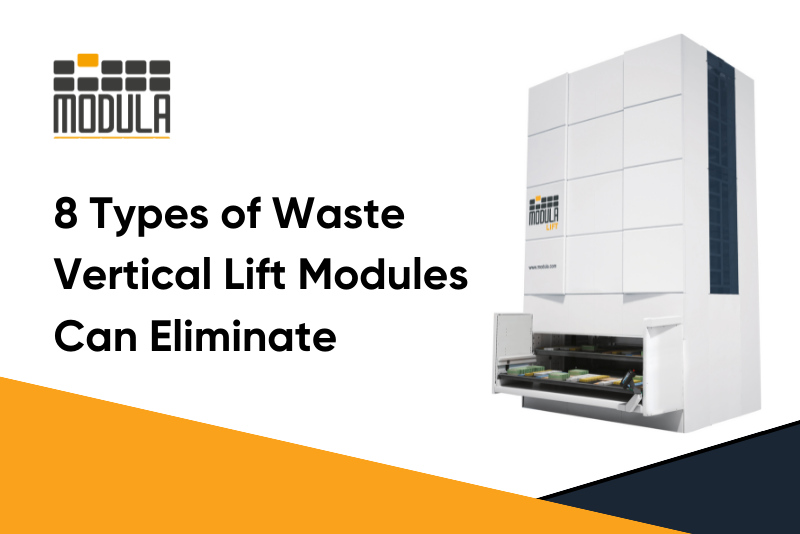
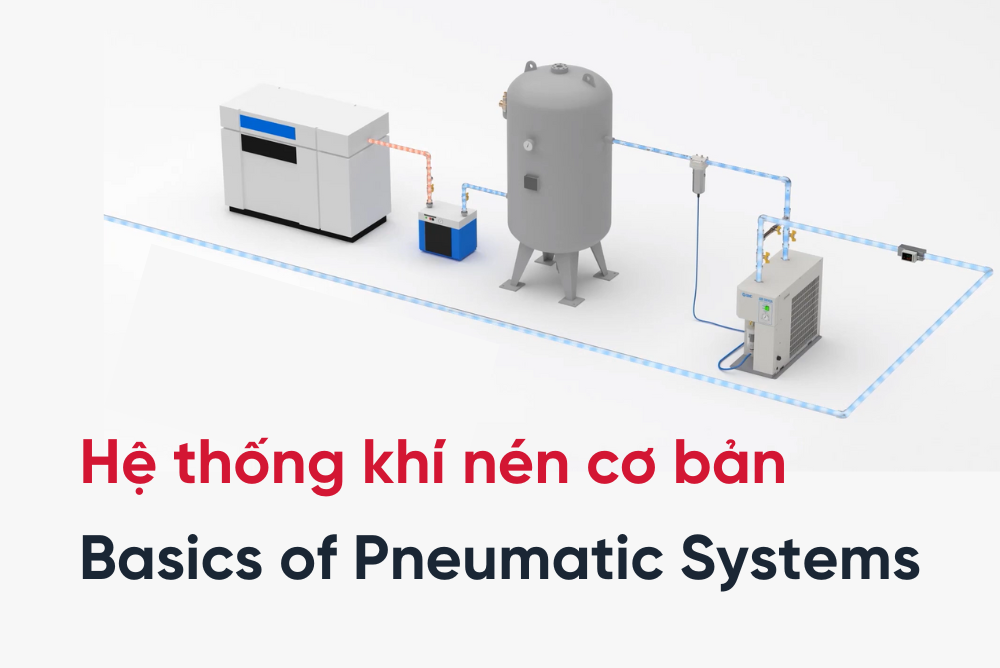
 Read more
Read more
